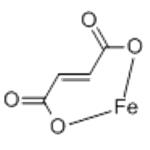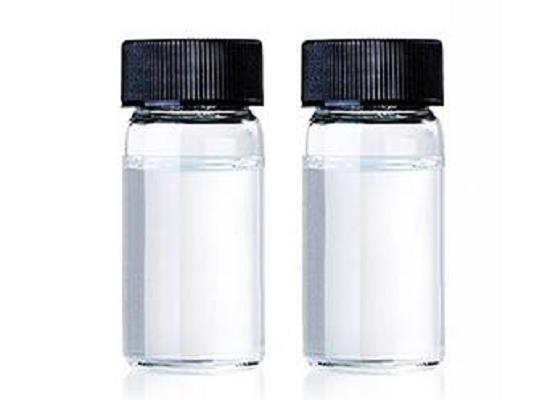Ferrous Fumarate: Use in Fortify Foods and Absorption in Young Children
Oct 22,2024
Ferrous fumarate is an iron supplement used to treat or prevent low blood levels of iron (such as those caused by anemia or pregnancy). Iron is an important mineral that the body needs to produce red blood cells and keep you in good health.

Iron helps the body to make healthy red blood cells which carry oxygen around the body. Some things such as blood loss, pregnancy or too little iron in your diet can make your iron supply drop too low, leading to anaemia.
Use of ferrous fumarate in Fortify Foods
In an attempt to find a highly bioavailable iron compound to add to commercial infant cereals, ferrous fumarate and ferrous succinate were recommended as alternatives to ferrous sulphate for fortifying infant cereals with iron. Unlike ferrous sulphate, ferrous fumarate and ferrous succinate caused few or no sensory changes in the stored cereal products or color changes in the porridges made by adding hot milk or water.
Ferrous fumarate is currently recommended for use in the fortification of foods for infants and young children. While it should be added at double or triple the iron level of ferrous sulphate if the target population is largely iron-deficient children, with care taken to ensure that the UL is not surpassed. Ferrous fumarate-fortified complementary foods have been demonstrated to improve iron status in iron-deficient infants and, more recently, to prevent iron deficiency equally as well as ferrous sulphate in iron-replete infants.
References:
[1] HURRELL R. Use of ferrous fumarate to fortify foods for infants and young children.[J]. Nutrition reviews, 2010, 68 9. DOI:10.1111/j.1753-4887.2010.00312.x.
[2] LIDIA PACHUTA W?GIER. Ferrous sulfate oral solution in young children with iron deficiency anemia: An open-label trial of efficacy, safety, and acceptability.[J]. Pediatrics International, 2020, 62 7. DOI:10.1111/ped.14237.
[3] NAMAN KAUR M S Aparna Agarwal. Food fortification strategies to deliver nutrients for the management of iron deficiency anaemia.[J]. ACS Applied Nano Materials, 2022. DOI:10.1016/j.crfs.2022.10.020.
- Related articles
- Related Qustion
- What is ferrous fumarate? Nov 9, 2022
Ferrous fumarate is a type of iron.
1,7-Dimethylxanthine is a naturally occurring alkaloid compound that can enhance alertness and reduce drowsiness.....
Feb 27,2025API2-Methylaminoethanol is widely utilized in electronics, textiles, and pharmaceuticals for its versatile properties despite significant health risks, requiring stringent safety protocols.....
Oct 22,2024APIFerrous fumarate
141-01-5You may like
Ferrous fumarate manufacturers
- Ferrous fumarate
-

- 2025-11-01
- CAS:141-01-5
- Min. Order:
- Purity: 0.99
- Supply Ability:
- Iron(II) fumarate
-

- $30.00 / 1g
- 2025-10-27
- CAS:141-01-5
- Min. Order:
- Purity:
- Supply Ability: 10g
- Ferrous fumarate
-

- $10.00 / 1kg
- 2025-10-21
- CAS:141-01-5
- Min. Order: 1kg
- Purity: 99%
- Supply Ability: 100 mt






